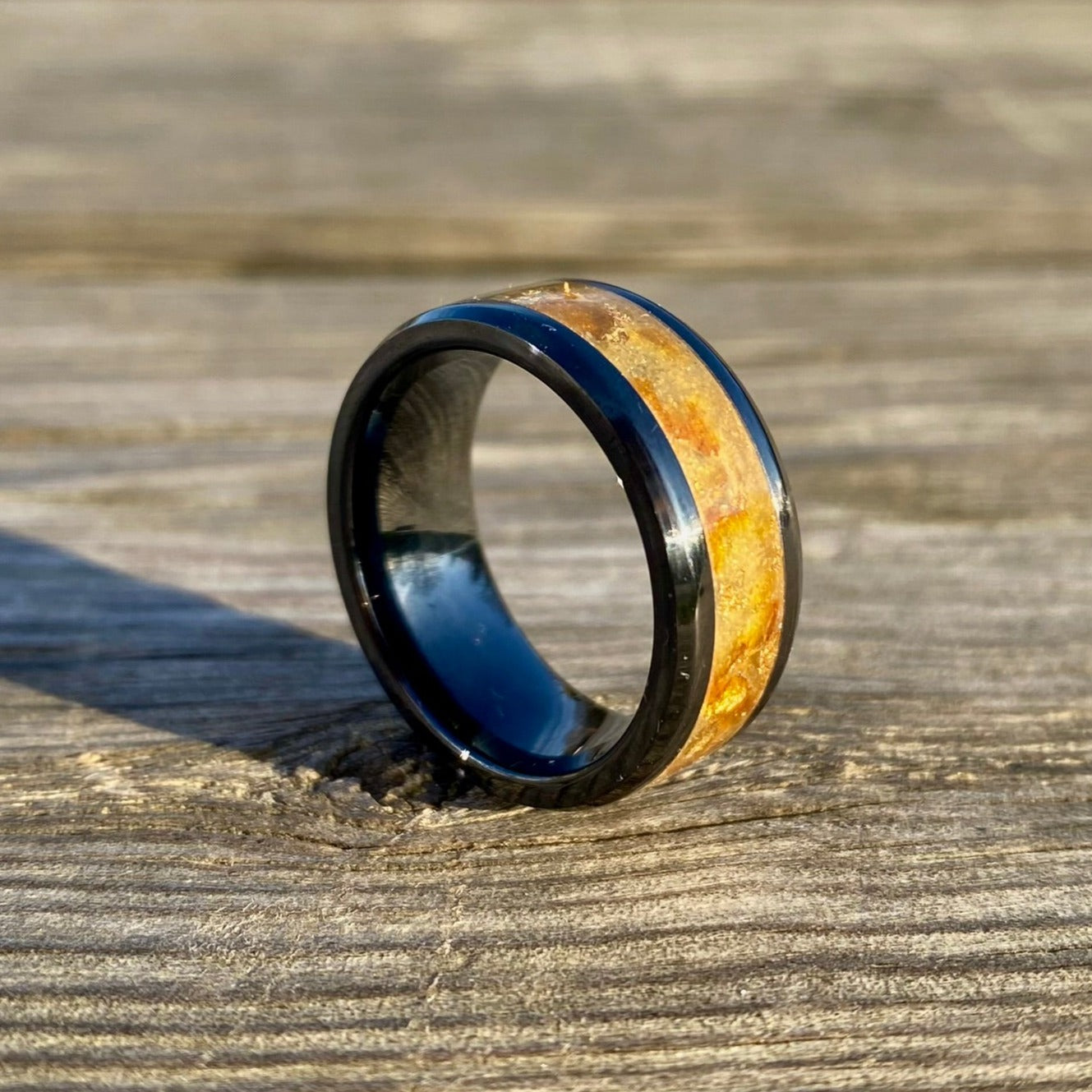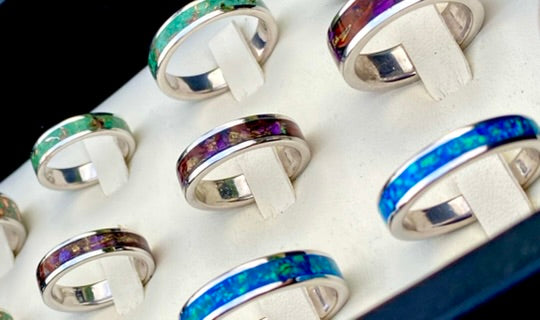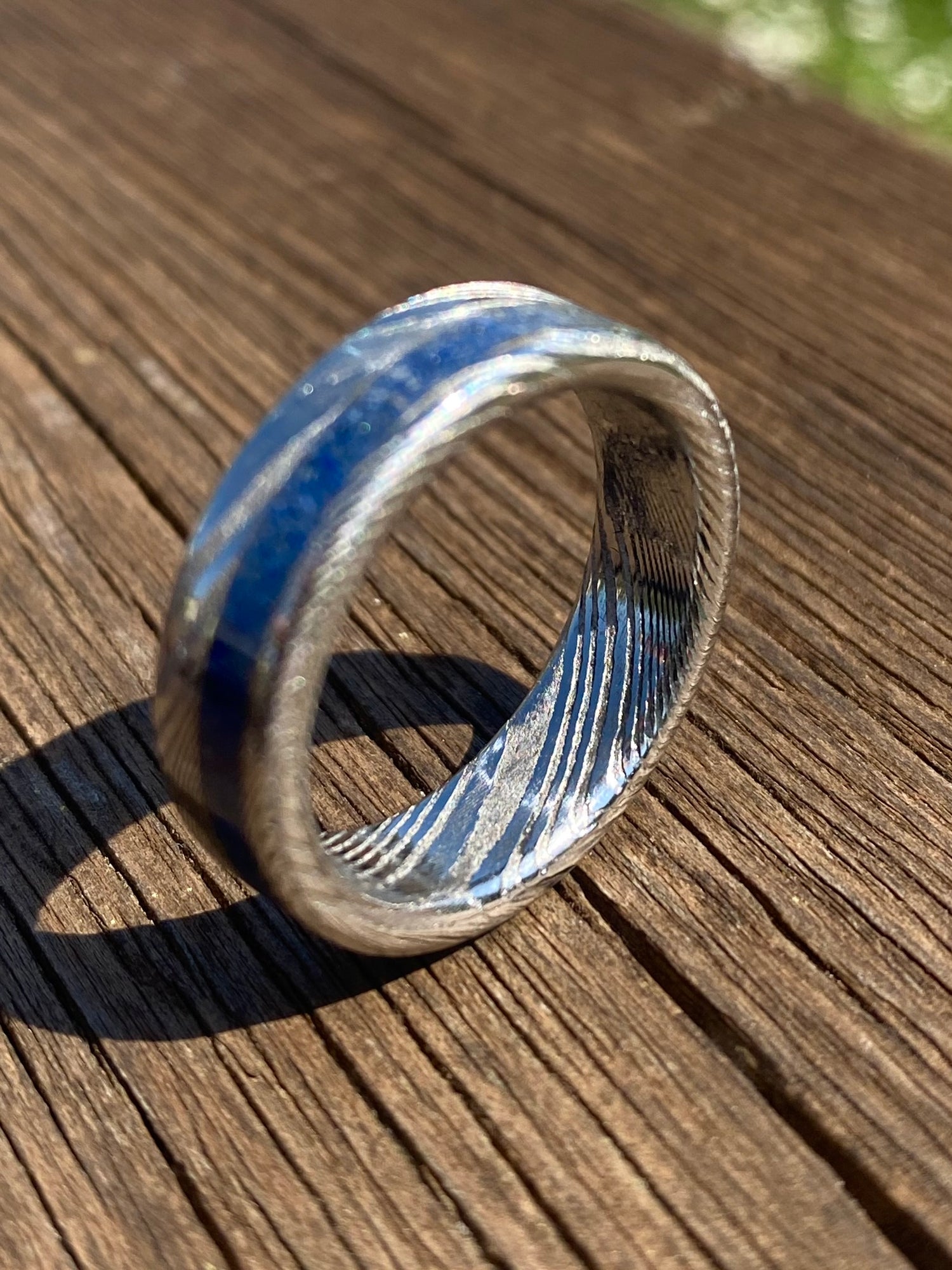🔍 Aquamarine is a blue-green variety of beryl, whose crystals form inside cavities in pegmatite rocks, granite or in metamorphic rocks.
𝙁𝙤𝙧𝙢𝙪𝙡𝙖 𝙘𝙝𝙞𝙢𝙞𝙘𝙖: Be3Al2Si6O18
𝘿𝙪𝙧𝙚𝙯𝙯𝙖 (𝙈𝙤𝙝𝙨): 7.5 - 8
Size: Hexagonal
𝙇𝙪𝙘𝙚𝙣𝙩𝙚𝙯𝙯𝙖: Vitreous
⏳ The name aquamarine derives from the Latin terms aqua and marina *.***
Aquamarine was one of the first gems to be used in the production of costume jewelry and jewelry. The Egyptians, Assyrians, Babylonians and Greeks knew its qualities and made extensive use of it. Archaeological finds dating back to the years between 480 and 300 BC, coming from different regions, testify to the setting of aquamarine both individually and in combination with other semi-precious stones, as evidenced by jewels found in tombs and archaeological sites.
It was often worn by Greeks and Romans as a protective amulet during sea voyages, as it was believed to calm the waves and ensure a safe journey.
🧪 Aquamarine is formed through a complex geological process involving specific temperatures, pressures and chemical elements. It forms mainly in pegmatites and hydrothermal veins; its genesis begins with the cooling of the granitic magma, which leaves residues rich in beryllium, aluminum and silicon that the hydrothermal fluids transport through the earth's crust, favoring the development of aquamarine crystals in the host rocks. The stone's distinctive coloration, from light blue to greenish-blue, is attributed to the presence of traces of iron in its crystalline structure. This process, which takes millions of years, is influenced by various geological and chemical factors, determining the quality and distribution of aquamarine deposits around the world.
🌎 The main amethyst deposits are found in Brazil, Madagascar, Nigeria, Zambia, Pakistan and Russia.







